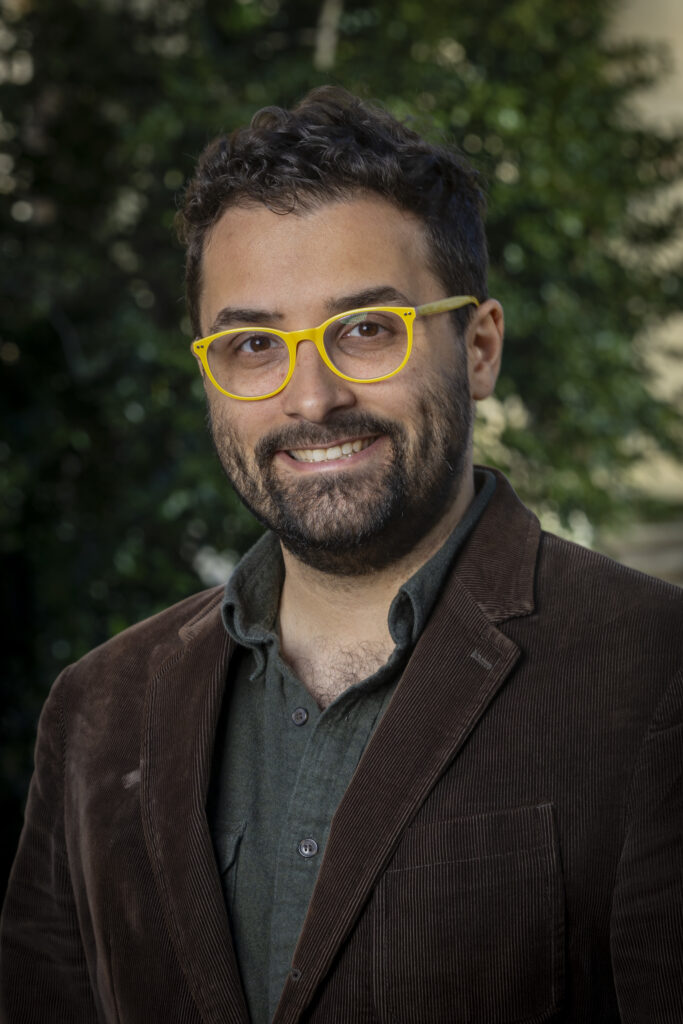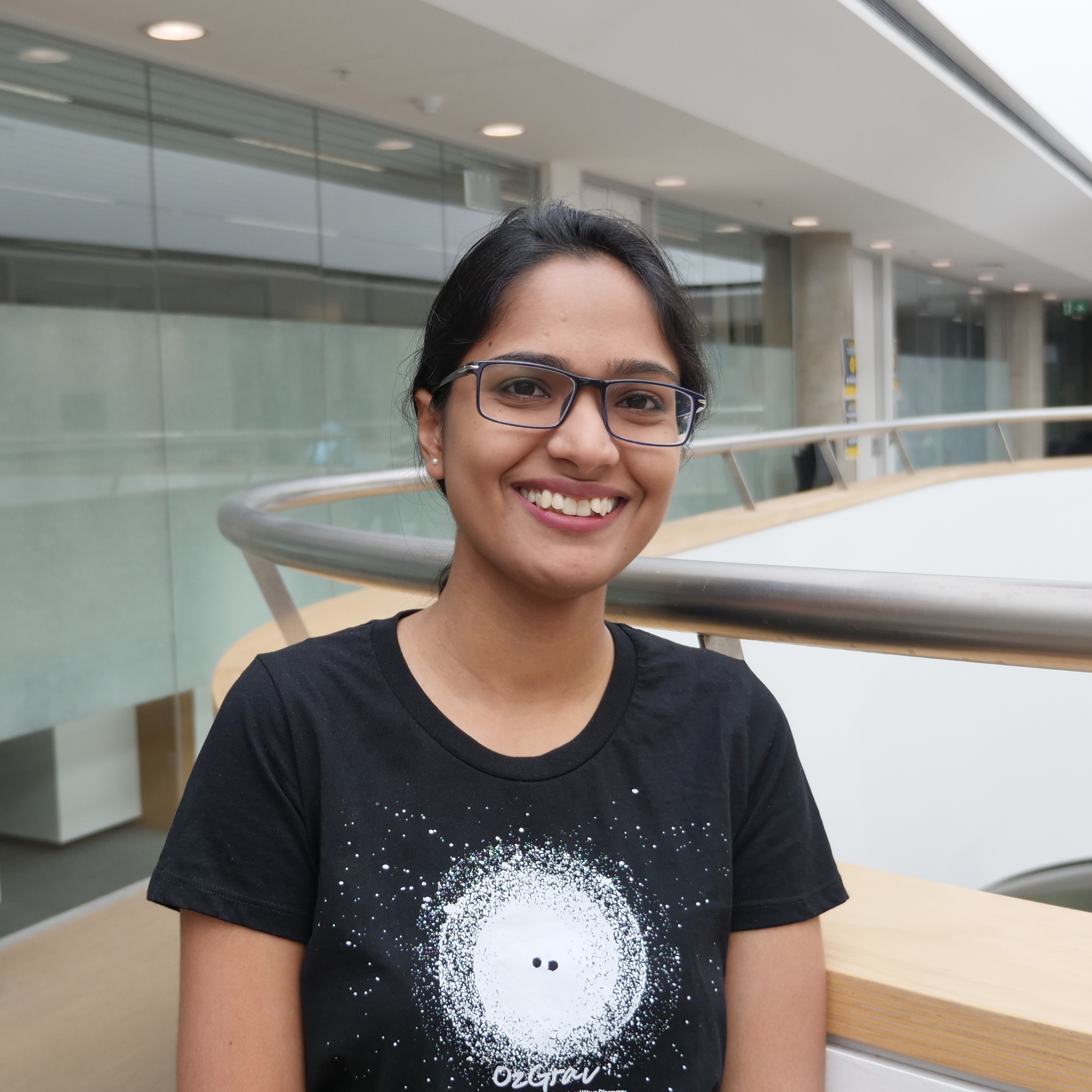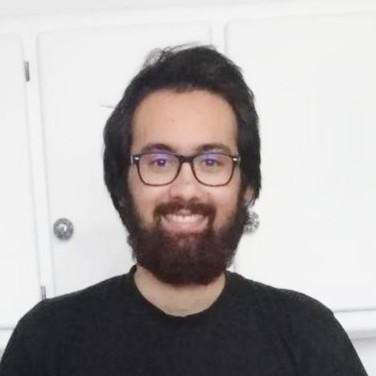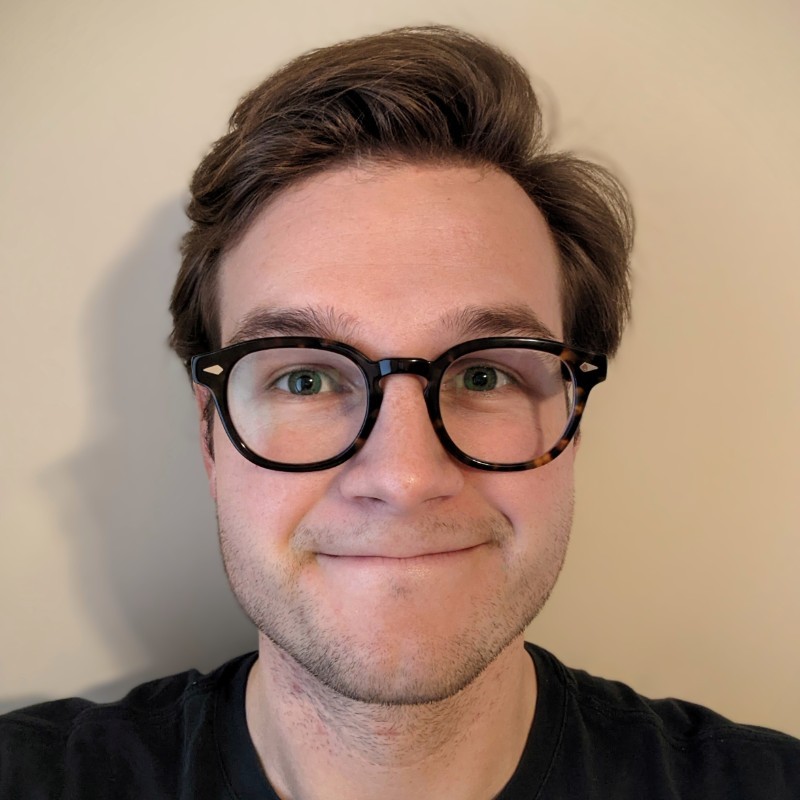Who We Are

Carl Rodriguez is an assistant professor of physics at the University of North Carolina at Chapel Hill, a position he has had since spring 2023. He completed his Ph.D. at Northwestern University in 2016, working with Prof. Fred Rasio, before moving on to be a Pappalardo Fellow at MIT (2016-2019), an ITC Fellow at Harvard (2019-2020), and an assistant professorship at Carnegie Mellon University (2020-2022). He is PI of the stellar dynamics, stellar evolution, black holes, and gravitational waves group at UNC, currently supported by active grants from the National Science Foundation (AST-2009916) and NASA (Astrophysics Theory Program 80NSSC22K0722 and Roman Space Telescope Preparatory Program). He is the recipient of a New Investigator Award from the Kaufman Foundation, a Sloan Fellowship, a Packard Fellowship, the 2023 Vera Rubin Early Career Prize from the AAS Division of Dynamical Astronomy, and the 2024 Helen B. Warner Prize from the AAS. Carl is originally from Shreveport, Louisiana.
Postdoctoral Scholars

Poojan Agrawal’s research focuses on examining the role of individual stars in the evolution of stellar systems. She did her PhD with Prof Jarrod Hurley at the Swinburne University of Technology in Australia. For her PhD, she used various modelling techniques to study how uncertainties in the evolution of massive stars affect the properties of their populations, and is currently working on the interpolated evolution of stars in binaries using her code METISSE.

Kerwann Tep is a postdoctoral researcher at UNC, working in the field of star clusters dynamics in globular clusters and the galactic center. He obtained his PhD at Institut d’Astrophysique de Paris in 2023. During his PhD he studied resonant relaxation, the formation of the S-star about Sag A*, and the dynamical evolution of globular star clusters.
Graduate Students

Kuldeep Sharma is a graduate student in the Physics department at CMU since 2018. He previously worked under the supervision of Professor Sergey Koposov on mass estimation of Large Magellanic Cloud using the proper motion data of Blue Horizontal Branch stars from Gaia. Kuldeep is currently working on the time evolution of star cluster density profiles under the supervision of Professor Carl Rodriguez using COSMIC and the Cluster Monte Carlo (CMC) code.

Duncan Maclean is a second-year graduate student at UNC, working with Poojan Agrawal on MESA evolution of stars and binary stellar evolution with METISSE/COSMIC.

Brian Cook is a graduate student at UNC, working with the Rodriguez group since Fall 2023. He is currently working on stellar streams from globular clusters and new techniques for N-body integrations.
Undergraduate Students
- Jiya Jolly is a Junior at UNC, working on new techniques for N-body integrations
- Tristen McLauren is a Sophomore at UNC, working on tidal forces experienced by star clusters
- Christopher Crow is a Junior at UNC working on detached black hole-star binaries in Gaia
- Dustin Macguire is a Junior at UNC working on evolutionary pathways of merging black holes
Previous Members
- Ugo Di Carlo (Fall 2021 – Spring 2023) worked on tidal forces in star cluster simulations, as well as detached black hole-star binaries in Gaia from young star clusters and isolated binaries. He is now an RTD-A / Assistant Professor at SISSA in Trieste, Italy.
Graduate Students
- Tomás Cabrera (Fall 2020 – Fall 2022) is a graduate student at CMU and worked on hypervelocity stars from globular clusters, as well as massive black holes in star clusters. He’s now working with Antonella Palmese on multi-messenger GW observations.
- Gina Chen (Fall 2021 – Spring 2023) is a graduate student at CMU, and worked on cluster formation and binary evolution in cosmological simulations. She’s now working with Katie Breivik on binary evolution
Undergraduate Students
- Ryan Raikman (Fall 2020-Fall 2022) worked with Miguel Holgado and Carl Rodriguez on gravitational-wave parameter estimation for deci-hertz GW detectors.
- Inés Rodriguez-Hsu (Fall 2022 – Spring 2023) on pseudo-visualizations (HST and JWST) of star cluster simulations
- Christoph Gaffud (Spring 2022 – Spring 2023) worked on new techniques for Monte Carlo stellar dynamics
- Jason DiMasi (Spring 2022) worked on dynamical friction of star clusters falling into the galactic center
- Sofi Martínez Fortis (Spring 2021) worked on numerical integrators, coding up a new N-body integrator for the two-body problem from scratch.
- Holly Foster (Summer 2022) worked on tidal forces for infalling globular clsuters
- Alexis Ortega (2020-2021) worked on fewbody scatterings and eccentric binary black hole formation (see story in Carnegie Mellon’s webpage). Part of this work was subsequently published in the Astrophysical Journal Letters. Now studying for PhD at Brown University.
- David Sanchez (Fall 2022) worked on creating star-by-star models of Omega Centauri
- Jason Weng (Fall 2021) worked on three-body binary formation in star cluster simulations
- Emily Sespico (Fall 2021) worked on populations of stars and compact objects deposited into the galactic center by infalling clusters
- Kevin Quigley (Summer 2021) worked on likelihood-free inference for gravitational-wave populations.